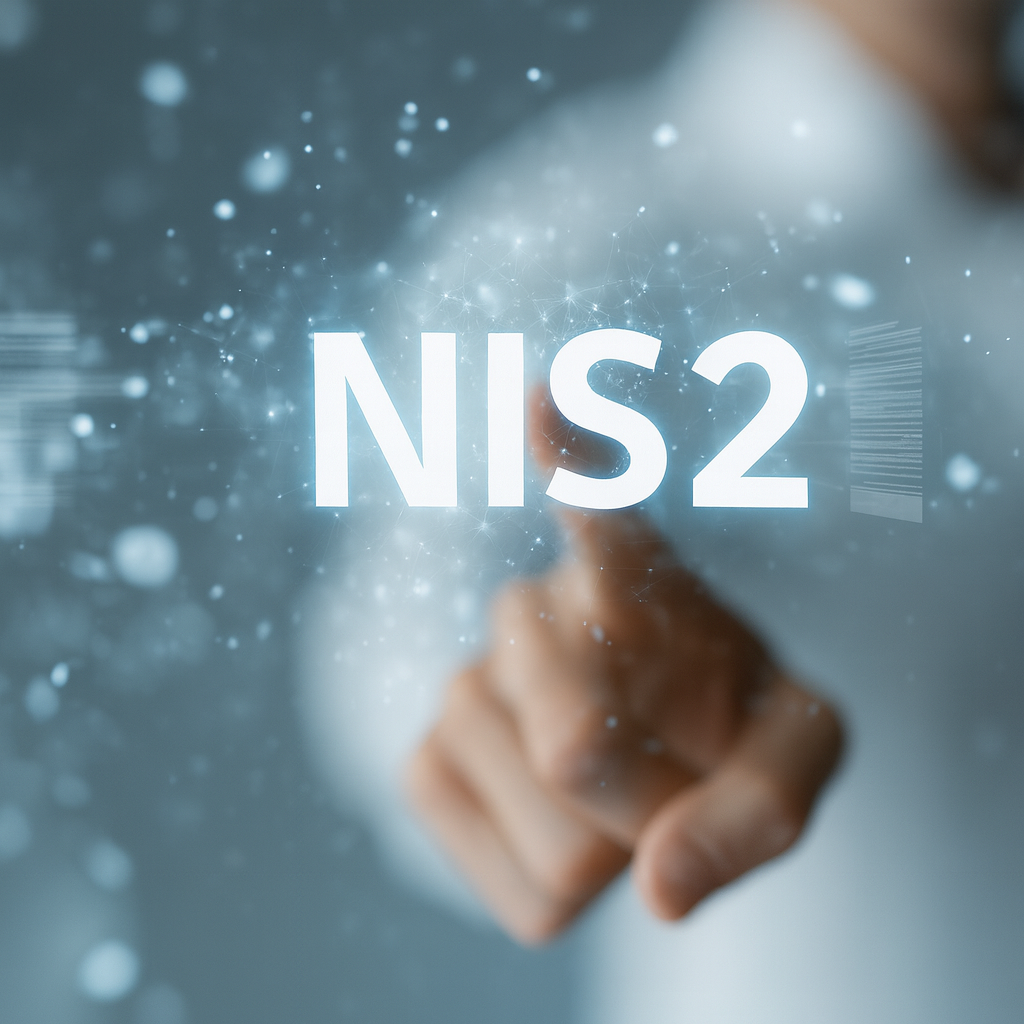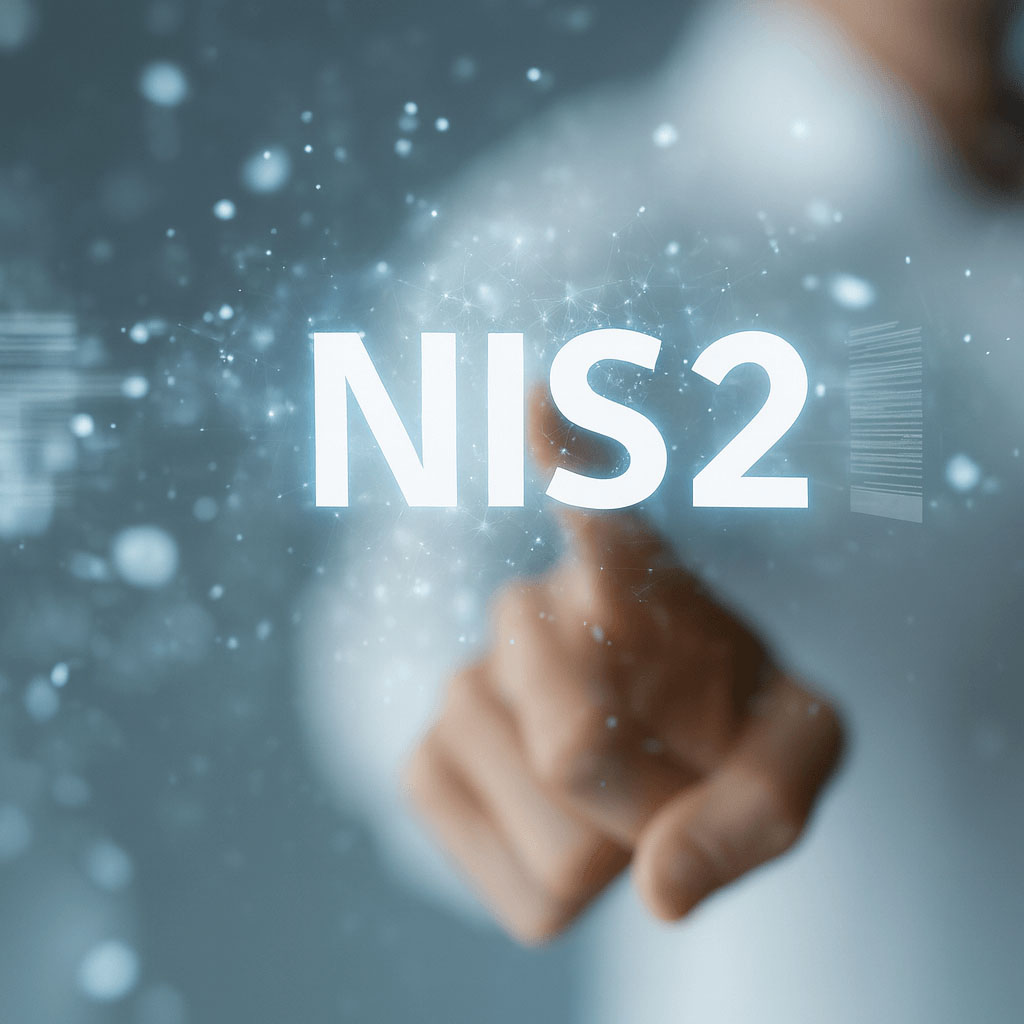Understanding the Scope and Impact of NIS2
Modern organizations and their critical infrastructure rely on a complex web of interconnected networks, digital services, and third-party suppliers. Each digital process and supply chain partner introduces potential vulnerabilities, where a single incident can disrupt essential services and trigger strict regulatory penalties under NIS2. As the directive's scope now formally includes supply chain security, the need for a structured and comprehensive risk management framework is no longer just a best practice—it is a legal requirement with direct liability for management.

TARA as a service
TARA (Threat Analysis & Risk Assessment) is essential in automotive cybersecurity, guiding manufacturers and developers to enhance vehicle protection and compliance with ISO/SAE 21434. It encompasses threat identification from various sources, risk evaluation in terms of likelihood and impact, and the development of mitigation strategies. Notably, TARA is a dynamic process, requiring ongoing reassessment to address emerging vulnerabilities and adhere to evolving industry standards and practices in automotive cybersecurity.

Cybersecurity Consulting
Cybersecurity consulting encompasses expert evaluations and solution implementations to combat cyber threats. This includes identifying and assessing system vulnerabilities, evaluating risks, and designing comprehensive protection strategies. Consultants align these security measures with business objectives, enhancing organizational resilience through risk mitigation and strategic resource deployment. The process involves setting security goals, mapping processes, and integrating testing and validation, complemented by thorough documentation and training to ensure awareness and preparedness.

Penetration Testing
Penetration Testing involves simulated attacks on systems to uncover vulnerabilities before they're exploited by attackers. Its goal is to identify weaknesses in a system's defense, allowing organizations to proactively fortify their security. As cybersecurity threats evolve, regular penetration testing is critical, ensuring organizations can adapt and remain secure. This ongoing process is a key part of a comprehensive security strategy.

Cyber Security Management Systems
Cyber Security Management Systems (CSMS) offer a strategic framework for organizations to manage cybersecurity risks and safeguard digital assets, crucial for compliance with UNECE R155 regulations. It encompasses defining roles, responsibilities, and accountability, ensuring management involvement, and enhancing organizational cyber competence. The process includes risk identification, prioritization, design and testing of security controls, and risk reduction to acceptable levels. Additionally, it covers responses to cyber attacks or vulnerabilities and managing dependencies with suppliers and service providers, ensuring collaboration and compliance across the supply chain.

Compliancy Audits and Assessments
Compliance audits and assessments are vital for aligning organizational cybersecurity practices with standards such as ISO/SAE 21434, TISAX, and IEC/SAE 62443. They involve evaluating security measures against these benchmarks, identifying potential risks and vulnerabilities, and suggesting improvements. Regular assessments ensure continuous adaptation to new threats and compliance with evolving regulations, maintaining a robust cybersecurity posture.

Vulnerability Management and incident response
Vulnerability management is a continuous process for addressing cyber vulnerabilities, including identification, assessment, reporting, managing, and remediation across various systems. It's complemented by incident response, a planned approach for managing security incidents, encompassing detection, response, recovery, and learning from the incident to improve future security measures. Together, these processes ensure a proactive stance against cyber threats and a resilient recovery mechanism.

Cybersecurity for Production line
Robust cybersecurity practices are critical in the manufacturing sector to protect production lines and ensure infrastructure safety. The industry faces challenges from complex supply chains, the rise of Industrial IoT (IIoT) increasing attack surfaces, and the use of legacy systems. Key focus areas include securing network communications, implementing strict access controls, protecting endpoints, establishing efficient incident response mechanisms, and ongoing employee cybersecurity training. Continuous security assessments and updates, alongside collaboration with cybersecurity experts, are essential for adapting to emerging threats.






















